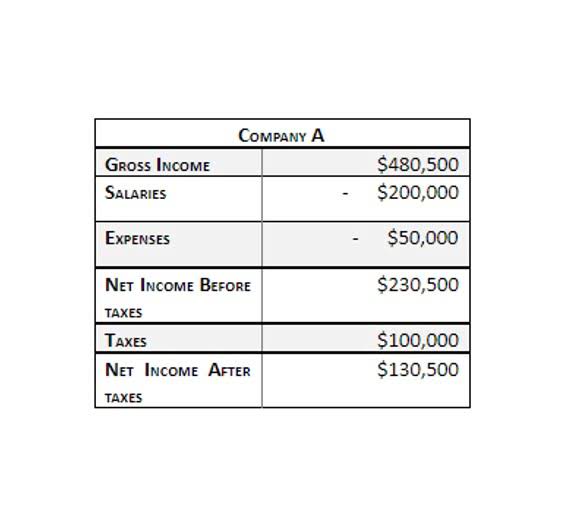What is Posting? Definition Meaning Example

However, the company needs to recognize the expense over a twelve month period as shown in the table below. This example describes how to allocate an invoice’s liability amount across multiple balancing segments on the invoice distributions. Assume that two invoices are entered into Payables, one for a supplier with a type of Services and one https://www.bahacephe.com.tr/index.php/2024/09/16/employment-contract-template/ for a supplier with a type of Manufacturing. The list of values displays the component name and the owner to distinguish between seeded and user-defined components.
Step 6: Correct any errors

It is a crucial step in the accounting cycle as it helps to organize and summarize financial transactions for an accurate representation of the company’s financial position. An example of posting in accounting is recording sales revenue from the journal to the ledger. For instance, if revenue transactions are not posted promptly, the financial statements may not reflect Financial Forecasting For Startups the true financial position of the company, potentially misleading stakeholders and decision-makers. The double-entry system’s inherent checks and balances make it an indispensable tool for accountants.
- The use of bookkeeping software tools helps make this process more accurate and less prone to errors.
- In this step of the accounting cycle an accountant takes total credits and debits recorded in categorized sub-ledgers and posts them into the general ledger to be used for official accounting statements.
- The Applications Accounting Definitions (AAD) Loader enables users to import and export application accounting definitions and journal entry setups between the file system and database instances.
- If the accounting chart of accounts is not defined, then you cannot set up rules to derive values for individual segments with the exception of Accounting Flexfield qualifier segments.
- Mistakes, such as incorrect data entries or unequal debit and credit amounts, can lead to inaccurate financial statements.
key term – Posting

DocuClipper is trusted by over 10,000 professionals for accurate define posting in accounting and quick data extraction from financial documents such as bank statements, invoices, receipts, purchase orders, and tax forms. Let’s explore some common FAQs to help you better understand post-accounting and its role in streamlining financial processes. For example, when you receive an invoice, the system can automatically capture the relevant data and enter it into your records. By automating routine data entry, you can streamline operations, minimize human error, and focus on more strategic tasks. This includes the closing process, verification of accounts, and preparation of the post-closing trial balance.

To Define a Journal Entry Description
- This includes regularly checking that all your transactions are recorded correctly and that no errors have been made along the way..
- By utilizing accurate and organized financial information, decision-makers can evaluate the performance of various business sectors, identify trends, and determine the best course of action.
- Many businesses use integrated accounting software to manage their financial data, but even the most sophisticated systems can struggle with date discrepancies.
- To use application accounting definitions, they must be included in a subledger accounting method and then assigned to a ledger.
- Interval 1 or sometimes call the Adjustment Interval is used to open periods that are outside of the normal business processing.
- Before posting to the general ledger, it is crucial to record accurate journal entries in the first place.
Our accounting tools automates crucial posting tasks, such as transferring balances from subledgers to the general ledger, ensuring accurate financial records. Its seamless integration with other accounting modules provides a unified solution for businesses looking to streamline their financial workflows. The next step for posting accounting definition process is the recording of credit and debit amounts. The debit amount increases the asset accounts of the balance sheet like inventory, cash, etc, and increase expense accounts like salary, marketing, etc while it goes vice-versa with liability accounts.

This systematic approach is crucial for businesses to track their financial health and make informed decisions based on reliable and balanced financial records. This critical step ensures that all financial activities are accurately recorded and classified according to their nature, such as assets, liabilities, revenues, and expenses. By posting entries to the general ledger, the integrity of the double-entry system is maintained, allowing for a balanced and systematic recording of all business transactions. This process is pivotal in producing reliable financial statements and reports, aiding stakeholders in making informed decisions about the organization’s financial health. In the era of manual record-keeping, posting was a separate step done after recording the transaction in the journal. In today’s digital age with computerized accounting systems, the posting process often happens simultaneously with the recording of the transaction.

